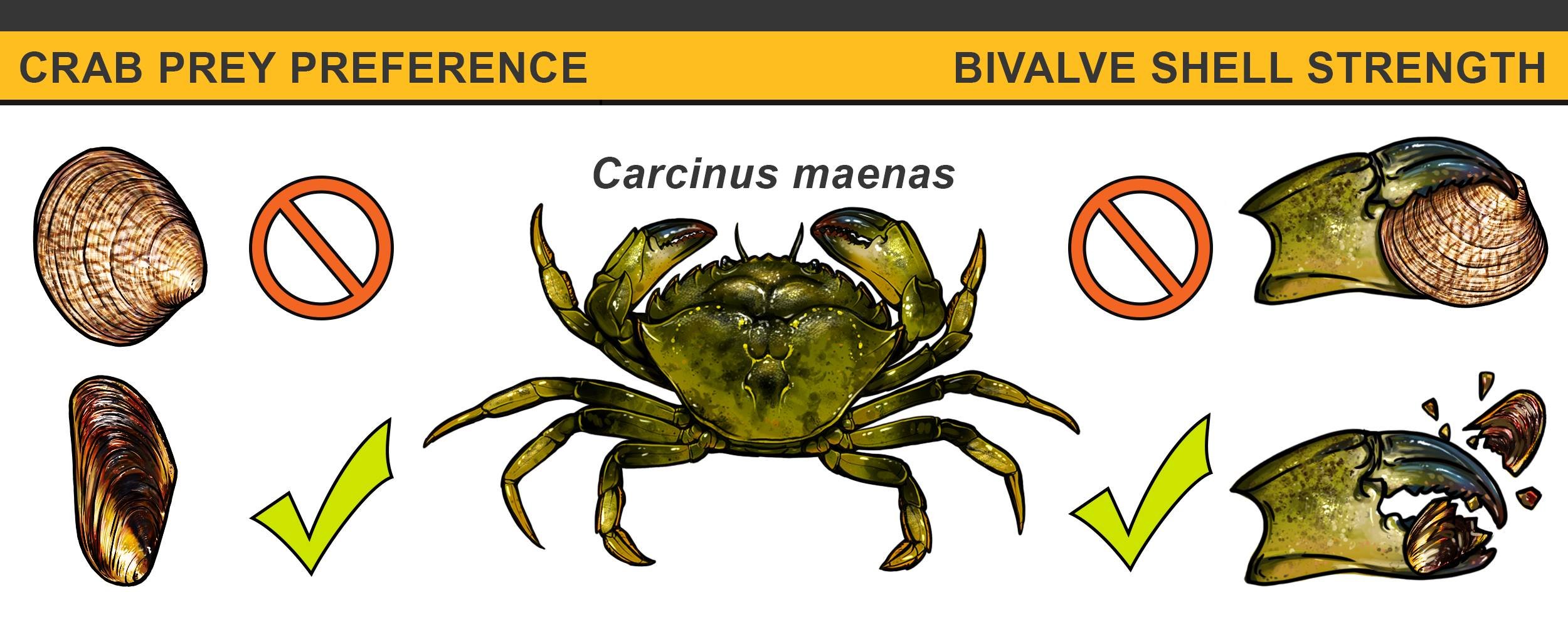
Scientific





Tethya irisae
Tethya irisae – a tiny new sponge only found at around 1000 m in fine sediment in the Great Australian Bight. This is not a soft sponge, the sponge skeleton is made of straight glass spicules (shown on RHS) which fan out from a central nucleus in the centre of the sponge and also make up the stalk. The beautiful star like spicules are found in the surface layer of the sponge and form an armour. The sponge, including stalk, is only 20 mm high.
Sorokin et al 2019: https://europeanjournaloftaxonomy.eu/index.php/ejt/article/view/707
Adobe Photoshop CC + Wacom Cintiq 24HD




Bivalves
Some South Australian bivalves I drew, originally for one of my manuscripts.
Top - Xenostrobus inconstans ("variable mussel")
Middle left - Anapella cycladea ("smooth-toothed triangle")
Middle right - Katelysia spp. (Three species, "mud cockle")
Bottom - Brachidontes rostratus ("beaked mussel")
February 2018
Photoshop CC + Wacom Cintiq 24HD

Elements - Pristine
Version of Elements without beach litter; exploring temperate marine biodiversity in southern Australia.
March 2018
Watercolour, gouache and ink on Arches hot-pressed paper (365 GSM, 102 cm x 65 cm).

Elements
Submission for the South Australian Museum's 'Waterhouse Natural Science Art Prize 2018.'
"This piece explores the wonderful diversity of temperate marine life along southern Australia, and the unfortunate persistence of marine plastic pollution. Walk along our local beaches and you'd agree that seeing marine organisms washed ashore is a familiar sight. Unfortunately, plastic pollution is also getting washed ashore amongst it, even in what we'd call 'pristine' beaches. The bits of plastic stuck onto this painting were removed from some local Adelaide beaches. It goes without saying how widespread plastic is in our oceans, and how surprisingly abundant it is on our beautiful coastline here in southern Australia. These plastics further degrade into microscopic fragments that are small enough to pass through food webs and accumulate in tissues of animals even smaller than the ones shown here. Sadly, we now face the reality of observing plastic pollution wash up on our beaches with these beautiful, unique animals, and paints a reminder for this issue at a global scale."
Watercolour, gouache and ink on Arches hot-pressed paper (365 GSM, 102 cm x 65 cm). Beach litter stuck on with removable adhesive that won't damage paper. Approximately 60 hours total - animal references obtained from a huge array of marine life books, my own photographs, online museum collections etc.

















Global Invasion
Unsuccessful entry for the 2016 Waterhouse Natural Science Art Prize.
Entry description: ""Invasive marine species can impact on native biodiversity and human resources, with the European shore crab, Carcinus maenas, being the classic example. The carapace markings represent the global establishment of marine bioinvasions, which are increasingly prominent in a hyper-connected world."
March 2016
Winsor & Newton Cotman watercolour on Arches hot-press paper (365 GSM) | 65 cm x 102 cm | App. 45 hours
ORIGINAL SOLD

Obscurity
Painting of an Atlantic blue crab claw (Callinectes sapidus)
March 2016
Winsor & Newton Cotman watercolours and Neef sable brushes on A5 Arches hotpress paper (300 gsm) | App. 3.5 hours.
ORIGINAL SOLD

Intricacy
Painting of the marine gastropod (Cancellaria reticulata)
February 2016
Winsor & Newton Cotman watercolours and Neef sable brushes on A5 Arches hotpress paper (300 gsm) | App. 4-5 hours.

Charybdis japonica
Charybdis japonica (Asian paddle crab, lady crab)!
February 2016
Photoshop CS5 + Wacom Cintiq 24 HD tablet | App. 2 hours
© Copyright, Department of Environment, Water and Natural Resources

Ovalipes australiensis
Ovalipes australiensis (Sand crab, surf crab, ocean sand crab, two-spot crab)!
February 2016
Photoshop CS5 + Wacom Cintiq 24 HD tablet | App. 2 hours
© Copyright, Department of Environment, Water and Natural Resources

Nectocarcinus integrifrons
Nectocarcinus integrifrons (Rough rock crab, red swimmer crab, two-toned crab)!
February 2016
Photoshop CS5 + Wacom Cintiq 24 HD tablet | App. 2 hours
© Copyright, Department of Environment, Water and Natural Resources

Helograpsus haswellianus
Helograpsus haswellianus (Haswell's crab, Haswell's shore crab).
February 2016
Photoshop CS5 + Wacom Cintiq 24 HD tablet | App. 2 hours
© Copyright, Department of Environment, Water and Natural Resources

Ozius truncatus
Ozius truncatus (black-fingered crab, reef crab, double-header crab, or as I like to call them, "Ozzie")!
February 2016
Photoshop CS5 + Wacom Cintiq 24 HD tablet | App. 2 hours
© Copyright, Department of Environment, Water and Natural Resources

Portunus armatus
Portunus armatus (previously classified as P. pelagicus but now a separate species)! (Australian blue swimmer crab, blue swimmer crab, blue crab, flower crab, blue manna crab, bluey).
February 2016
Photoshop CS5 + Wacom Cintiq 24 HD tablet | App. 2 hours
© Copyright, Department of Environment, Water and Natural Resources

Carcinus maenas
Carcinus maenas (European shore crab, common shore crab, green crab)!
February 2016
Photoshop CS5 + Wacom Cintiq 24 HD tablet | App. 2 hours
© Copyright, Department of Environment, Water and Natural Resources

Pebble Crab
Rather rough drawing from a preserved specimen of the pebble crab (Bellidilia laevis)
January 2016
Felt tip pen and HB pencil on A4 paper | App. 2.5 hours.

Carcinus maenas
The European shore crab. Drawn for the methods component of my Honours thesis.
May 2015
Black felt tip pen | A3 paper | App. 5 hours | Drawn from a collected specimen
ORIGINAL SOLD

Comet Moth
January 2013
Derwent Studio pencils, white acrylic | App. 3-4 hours



























































